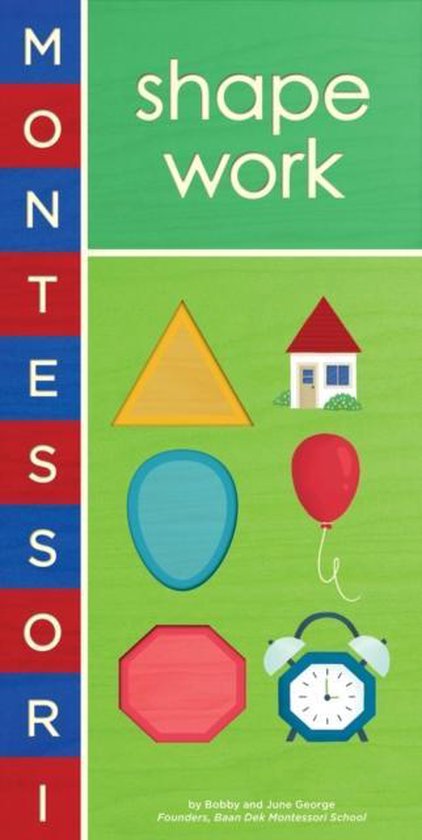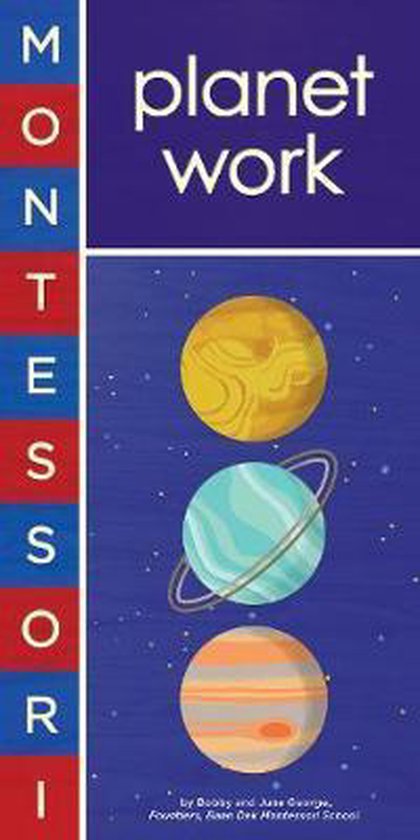
Montessori Shape Work
Montessori: Shape Work offers readers die-cut shapes to trace with their fingers, grouped by family and illustrated into a familiar object for relevancy. Featured shapes: 3 triangles (equilateral, isosceles, right); 3 rounds (circle, oval, ellipse); 3 parallelograms (square, rectangle, rhombus); 3 polygons (pentagon, hexagon, octagon).
The scientific pedagogy of Maria Montessori informed a revolution in education that continues today, 100 years later. Montessori schools focus on hands-on learning with specifically designed materials that allow students to understand the world through methodical and self-directed work. According to Montessori, play is work and the explorations of children are what ultimately lead to learning and understanding. As with all things Montessori, students begin with the concrete and move to the abstract. When learning shapes, students first develop an understanding of the spatial object, the comparison between shapes and a relevant application for each shape before learning the names. Inspired by this process and the associated classroom materials (trays of various shapes, grouped by family), Montessori: Shape Work will offer readers die-cut shapes to trace with their fingers, grouped by family for comparison, and illustrated into a familiar object for relevancy. Featured shapes: 3 triangles (equilateral, isosceles, right); 3 rounds (circle, oval, ellipse); 3 parallelograms (square, rectangle, rhombus); 3 polygons (pentagon, hexagon, octagon).
The scientific pedagogy of Maria Montessori informed a revolution in education that continues today, 100 years later. Montessori schools focus on hands-on learning with specifically designed materials that allow students to understand the world through methodical and self-directed work. According to Montessori, play is work and the explorations of children are what ultimately lead to learning and understanding. As with all things Montessori, students begin with the concrete and move to the abstract. When learning shapes, students first develop an understanding of the spatial object, the comparison between shapes and a relevant application for each shape before learning the names. Inspired by this process and the associated classroom materials (trays of various shapes, grouped by family), Montessori: Shape Work will offer readers die-cut shapes to trace with their fingers, grouped by family for comparison, and illustrated into a familiar object for relevancy. Featured shapes: 3 triangles (equilateral, isosceles, right); 3 rounds (circle, oval, ellipse); 3 parallelograms (square, rectangle, rhombus); 3 polygons (pentagon, hexagon, octagon).
| Auteur | | Bobby George |
| Taal | | Engels |
| Type | | Hardcover |
| Categorie | | Kinderboeken |





